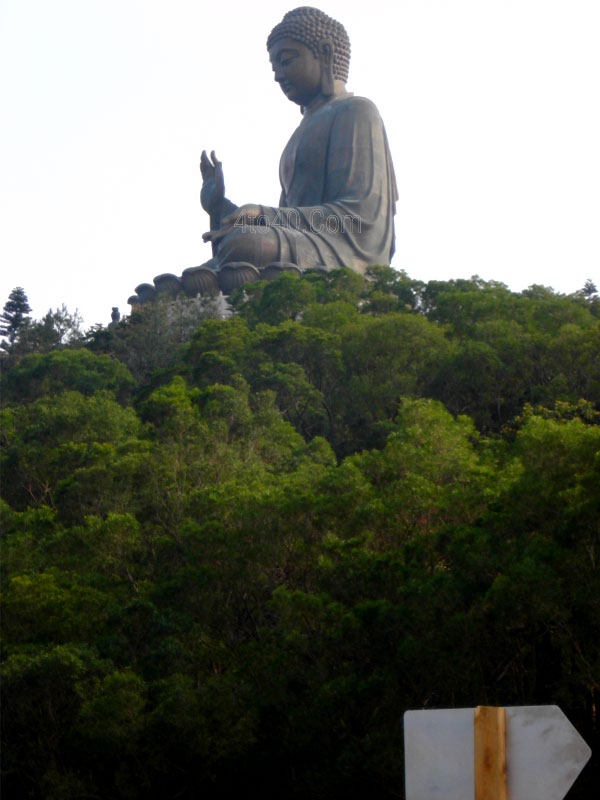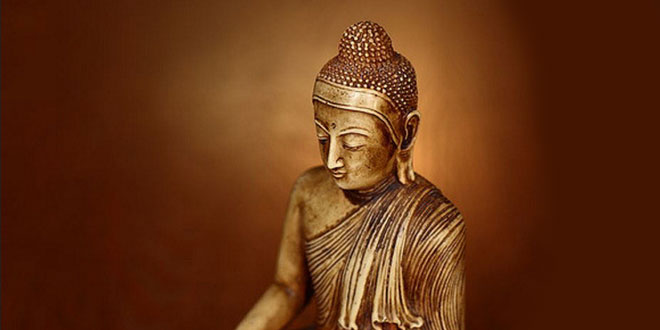
His advocacy of Buddhism was one of the primary reasons for the spread of the tradition into Southeast Asia, He sent teams of missionaries all over the Indian sub-continent, and to Sri Lanka, Burma, and other neighboring areas. Due to Ashoka’s influence and personal power, the missionaries were generally well-received in the countries they visited, and they were often successful in convincing people to convert to Buddhism. One of the most successful of the missions he sponsored was led by his son Mahinda, who traveled to Sri Lanka along with four other monks and a novice. According to Buddhist tradition, the mission was so successful that the king of Sri Lanka became a Buddhist, and Mahinda then supervised the translation of the Theravada canon (written in the Pali language) into Sinhala. He also helped to found a monastery that was named the Mahavihara, which became the main bastion of Theravada orthodoxy on Sri Lanka for over 1,000 years.
It is unclear exactly when Buddhist first arrived in East Asia. China was the first country in the region to record contact with Buddhism: a royal edict issued in 65 C.E. reports that a prince in what is now northern Kiangsu Province performed Buddhist sacrifices and entertained Buddhist monks and laypeople. The earliest Buddhists in China were probably from Central Asia, and for centuries Buddhism was widely perceived as a religion of foreigners.
In 148 C.E. a monk named An Shih-kao, from the Central Asian kingdom of Kusha, began translating Indian Buddhist texts into Chinese in Lo-yang, which was to become the capital of the later Han dynasty. An Shih-kao and a number of other monks (mostly from Central Asia) translated about thirty Buddhist texts during the next three decades. The early translators used a translation system termed “matching concepts” (ko-i), which was to have important ramifications for the development of Chinese Buddhism. Realizing that China had a highly developed culture and that Chinese tended to view people from other countries as uncouth barbarians, the early translators used indigenous terminology – particularly Taoist terminology – to translate Sanskrit technical terms. One result of this practice was that it made many foreign ideas more palatable to Chinese readers, but it also inevitably colored the translations to such an extent that for the first few centuries after Buddhism’s arrival in China, many Chinese believed it to be another version of Taoism.
In later centuries, Chinese Buddhism developed its own identity, and from China Buddhism was passed on to Korea and Japan. In 552, according to the Nihonshoki, the Korean state of Paekche sent Buddhist texts and images to Japan, hoping to persuade the Japanese emperor to become an ally in its war with the neighboring state of Silla. Some members of the Soga clan wanted to worship the Buddha as a powerful foreign god (kami), hoping by this to gain influence by associating themselves with what they believed to be a deity of the powerful Chinese empire. The early Japanese interest in Buddhism was mostly connected with purported magical powers of Buddhas and Buddhist monks, but after the emperor Yomei (r. 585-587) converted to Buddhism the Japanese began to travel to China in order to study with Buddhist teachers there, and indigenous Buddhist schools developed in Japan.
Yomei’s son Prince Shotoku (574-622) enthusiastically propagated Buddhism. He is credited with building numerous Buddhist temples and with sponsoring Japanese monks to travel to China for study. He is also the author of commentaries on three Buddhist texts. In later times he was viewed in Japan as an incarnation of the bodhisattva Avalokiteshvara.
During the reign of the Tibetan king Trisong Detsen (740-798), the Indian scholar Shantarakshita traveled to Tibet, but opposition from some of the king’s ministers forced him to leave. Before departing, he urged the king to invite the tantric adept Padmasambhava. Upon his arrival in Tibet, Padmasambhava claimed that Shantarakshita’s efforts had been frustrated by the country’s demons. Padmasambhava then challenged the demons to personal combat, and none were able to defeat him. This so impressed the king and his court that Shantarakshita was invited back at Padmasambhava’s urging, and the first monastery in Tibet was built at Samye. This marked the beginning of the “first dissemination” of Buddhism to Tibet, which ended when the devout Buddhist king Relbachen (815-836) was assassinated.
His death in 836 marked the beginning of an interregnum period for Tibetan Buddhism, which ended in 1042 when Atisha (982-1054, one of the directors of the monastic university of Nalanda, traveled to Tibet. This is considered by Tibetan historians to mark the beginning of the “second dissemination” of Buddhism to Tibet. Atisha was so successful in bringing the dharma to Tibet that Buddhism quickly became the dominant religious tradition in the country.
Today Buddhism continues to flourish in Asia, despite such setbacks as the suppression of religion in China since the inauguration of the People’s Republic of China. The current government follows Karl Marx’s notion that religion is “the opiate of the masses” and an impediment to social development. In recent years government persecution of Buddhism has eased somewhat, and currently it is enjoying increased support from the Chinese populace. The government is also allowing young people to become ordained as Buddhist monks and nuns.
Buddhism is becoming increasingly popular in Western countries, and a number of prominent Buddhist teachers have established successful centers in Europe and North America. The a number of Zen masters (roshi), and Theravada meditation teachers have attracted substantial followings outside of Asia, and books and articles about Buddhism are appearing with increasing frequency in Western countries.
 Kids Portal For Parents India Kids Network
Kids Portal For Parents India Kids Network







